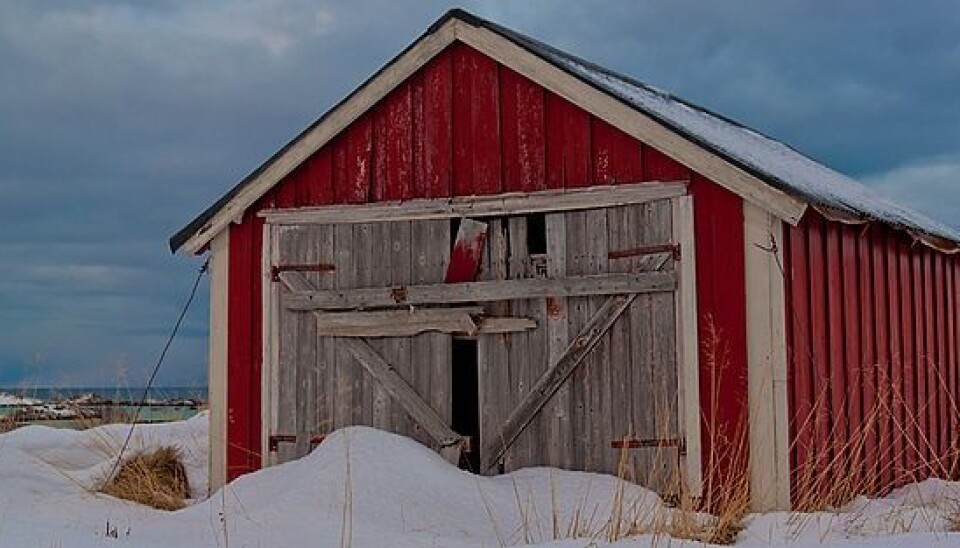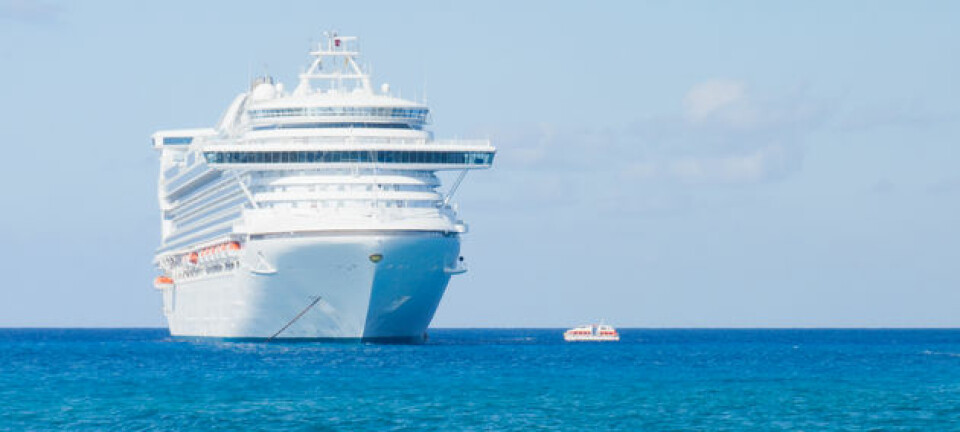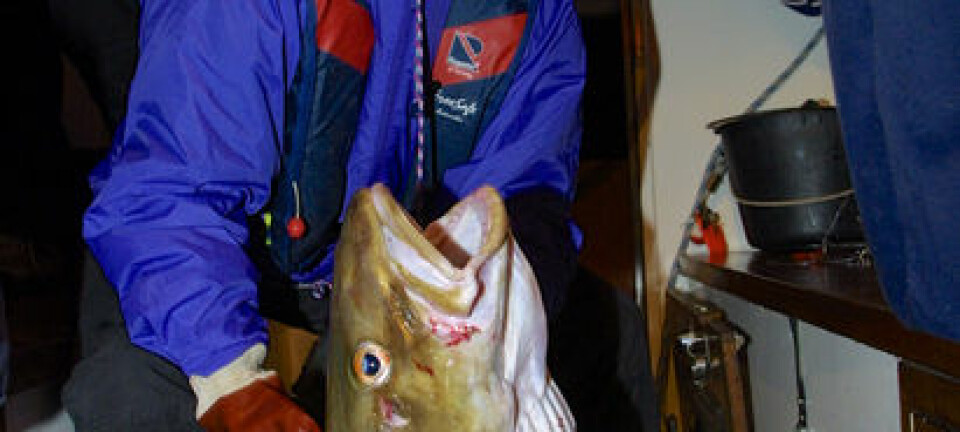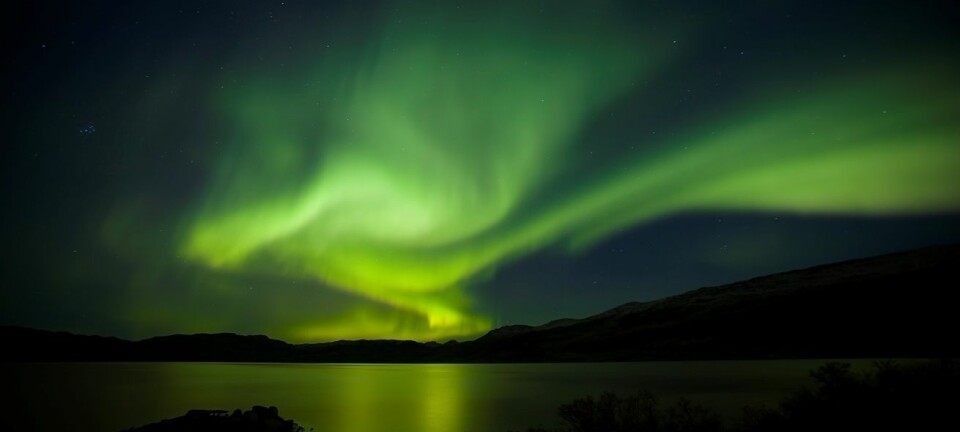
Tourism cannot sustain North Norway
Norwegian national planners have a tendency to tout the importance of tourism for northern Norway. But tourism does not necessarily make a local community in the North more vigorous.
Denne artikkelen er over ti år gammel og kan inneholde utdatert informasjon.
Climate change will have an impact on all of northern Norway. One main consequence will be seen in fisheries– warmer waters will make stocks of pelagic fish migrate further north.
This means that the region will need to promote alternative businesses to create jobs.
Locally run tourism is commonly seen as a clear option. The idea is that a rise in tourism will get more people to settle down or stay in North Norway.
But investments in tourism entail certain risks, as the holiday trade is unstable, varying from season to season and from year to year. Instead of making local communities more robust it can actually weaken them.

A dissertation by Helene Amundsen, who is currently getting her PhD in human geography at the University of Oslo (UiO), describes these conclusions in an analysis of factors that make local communities hardier.
Adaptations
While countries need to do all they can to reduce atmospheric carbon dioxide emissions, society needs to prepare for global warming and do what it can to adapt.
“Preparing for climate change involves organising more robust local societies,” says Amundsen.
Observations
Amundsen has studied attitudes towards climate change and the adaptability of two coastal communities in North Norway: Øksnes Municipality in the Vesterålen Islands with a population of 4,500 and Berg on the island of Senja, which has just under 900 residents.
Amundsen has spent much time in both municipalities. She interviewed business consultants and people in the tourist and fisheries trades. She also participated as an observer at local meetings and voluntary community work projects.
The general attitude she encountered was that climate change would not have much of an affect on individuals, or that it would be something that could be readily adapted to.
Benefits so far
The people Amundsen interviewed claimed to have only experienced the positive effects of climate change so far. Moose and deer have now made their way to Vesterålen. Cod stocks have been more plentiful.
Winters are a little warmer and there is less snow, but the locals residing north of the Arctic Circle don’t mind that.
“I did not see that people distrusted the science and the climate models that have been presented by the UN Climate Panel. But most people feel that it doesn't mean anything to them personally. In North Norway people are used to lots of variations in the weather and do not see changes in climate as a challenge,” says Amundsen.
Belonging
Fisheries represent the main source of income in both the municipalities she studied. But structural changes have reduced the number of jobs in the fishing trade.
The biggest challenge to these local communities is demographic – people are moving away.
“I think a strong attachment to the local community motivates people to make their home areas more robust and better prepared for changes. When different groups join together on behalf of their local communities they improve their chances of success in creating new jobs and maintaining their population levels,” Amundsen says.
The population of the small community of Berg on Senja Island has been shrinking in recent years. The population of Øksnes has risen, mainly because former residents have been returning.
National initiatives collide with local efforts
On a national level, North Norway is being promoted as a tourist destination of scenic, largely unspoiled nature. This image can run contrary to the wishes of some local communities, which are trying to develop local industries.
A good example is a projected wind farm along the national tourist road on the island of Senja. The Norwegian Public Roads Administration has been deliberating the question of whether this scenic road could retain its status if a cluster of large windmills were erected.
Local politicians are not interested in letting a national tourist road stand in the way of jobs and attempts to slow depopulation.
“We can’t make a living off the people who drive along the roads here,” they say.
“When devising plans and strategies on the national level you need to obtain local acceptance. The initiatives must conform to local realities and plans. If they don’t, the strategy won't mean much at all,” says Amundsen.
--------------------
Read the Norwegian version of this article at forskning.no
Translated by: Glenn Ostling


































